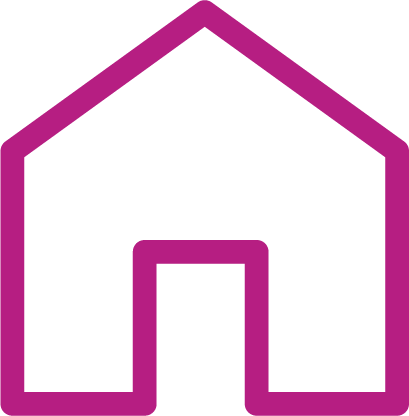The NHVRC used data from 15 models recognized as evidence based by the Home Visiting Evidence of Effectiveness (HomVEE) project to create a national profile of home visiting in 2021.
National Profile
Race
3% American Indian Alaska Native
3% Asian
24% Black
<1% Native Hawaiian Pacific Islander
60% White
6% Multiple
3% Another race
Ethnicity
30% Hispanic or Latino
Caregiver Education
22% No high school diploma
Child Age
34% <1 year
42% 1-2 years
24% 3-5 years
Child Insurance Status
86% Public
10% Private
4% None
Primary Language
79% English
15% Spanish
5% Another language
Notes
See the methodology section for information about the National Profile’s data sources.
Examples of “Another race” include Arabic, Cuban, Dominican, Egyptian, Ethiopian, Filipino, Islamic, Haitian, Kenyan, Nepali, Middle Eastern, Portuguese, Russian, Somali, Turkish, and Vietnamese.
Examples of “Another language” include Armenian, Bengali, Cambodian, Cantonese, Creole, Farsi, Greek, Hindi, Hmong, Karen, Mandarin, Mohawk, Navajo, Pohnpeian, Portuguese, Punjabi, Romanian, Swahili, and Tagalog.
Maternal, Infant, and Early Childhood Home Visiting Program
The Maternal, Infant, and Early Childhood Home Visiting (MIECHV) Program demonstrates a significant federal investment in evidence-based home visiting(Source: MIECHV families are a portion of total families served by evidence-based models, but because of the way data are collected (aggregated across all models in MIECHV reporting, with promising approaches included), the overlap between model data and MIECHV data cannot be determined.)Go to footnote #>5 but does not account for all families reached. MIECHV awardees are required to report data annually to the U.S. Department of Health and Human Services about the families they serve. We contacted states, territories, and the District of Columbia to request this information, and most (54 of 56) shared it with us. Supplementing this information with publicly available data from the Health Resources and Services Administration, we calculated the extent of MIECHV-funded services in 2021.
State and territory MIECHV awardees served 71,549 families and 66,156 children (Source: Data on children served are not publicly available, so this count is based on the data shared by 54 of 56 states and territories.)Go to footnote #>6 and provided 920,409 home visits in 2021. (Source: The models represented in the MIECHV numbers are Child First, EHS, Family Spirit, HANDS, HFA, HIPPY, MECSH, NFP, PAT, SafeCare Augmented, and promising approaches. Promising approaches include Following Baby Back Home, Health Start, and Team for Infants Exposed to Substance use Program.)Go to footnote #>7 Tribal MIECHV awardees served an additional 1,658 families and 1,696 children and provided 19,297 home visits in 2021.
Families Served Through MIECHV: State and Territory Awardees
Families Served Through MIECHV: Tribal Awardees
Families Served by Tribal-Led Organizations
Home visiting services were provided to families in 22 tribal communities through Tribal MIECHV funds in 2021. Families in tribal communities also receive home visiting through non-MIECHV-funded programs. For the 2022 Home Visiting Yearbook, we asked evidence-based models to identify programs led by tribal organizations, regardless of funding source. Seven models provided data on home visiting services provided by tribal-led organizations. (Source: Models that provided tribal-led organization data include EHS, Family Spirit, HFA, MIHP, NFP, PAT, and SafeCare Augmented.)Go to footnote #>8
In 2021, 3,878 families and 3,000 children were served by 122 tribal-led organizations. In total, 26,393 home visits were provided, including 18,555 virtual home visits. These data, coupled with information about families served by Tribal MIECHV awardees, begin to convey the reach of evidence-based home visiting in tribal communities.



